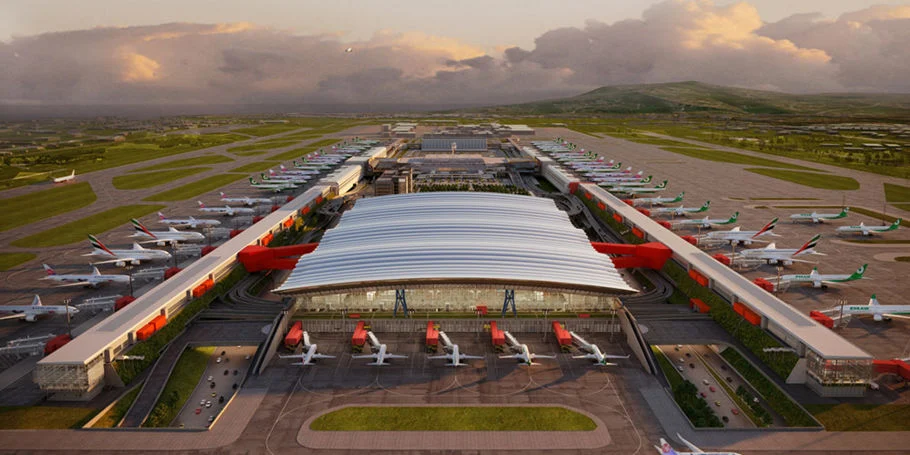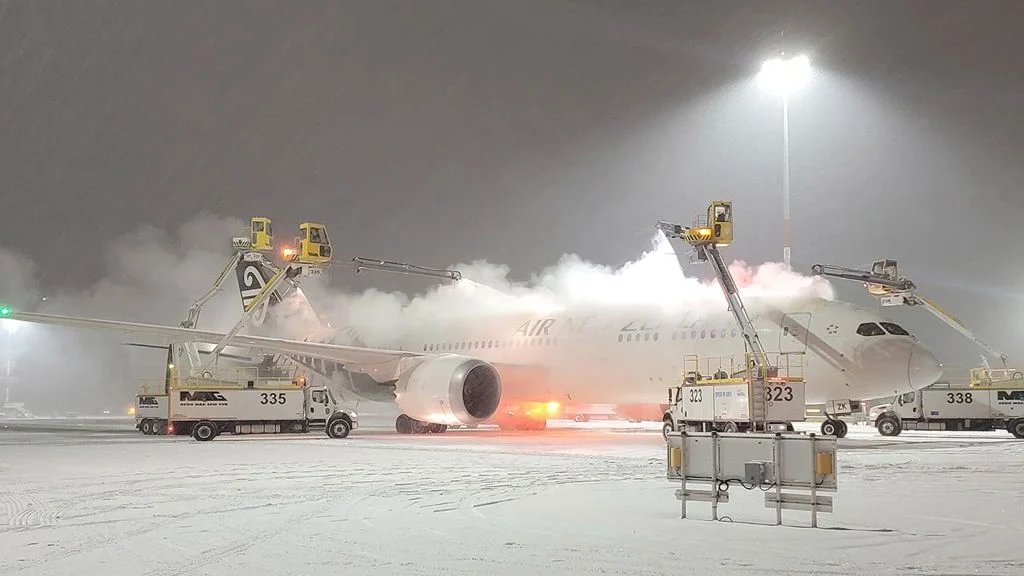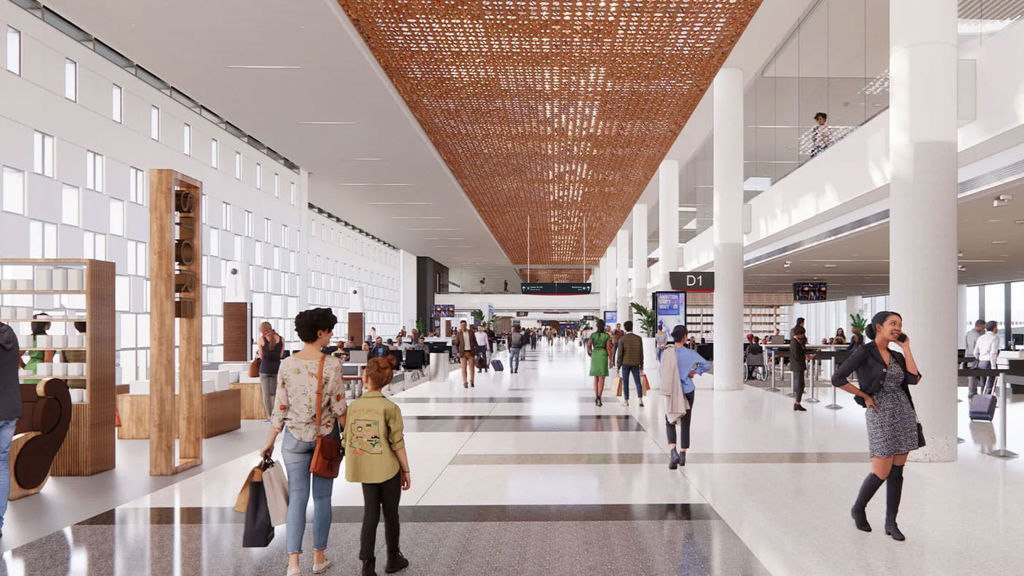When the global COVID pandemic hit in 2021, airports were deeply affected.
As the aviation industry continues to learn lessons from the COVID travel shutdown, Rome’s Fiumicino Airport tasked Arup to find the safest way for passengers to move around the airport in the event of future restrictions on travel.
Airport planning
Digital modelling tools help airport operators plan capacity by showing how passengers can best use terminal buildings, and Arup’s Digital MassMotion modelling software, updated to analyse the impact of physical distancing, was put through its paces for Aeroporti di Roma (ADR).
One of the 12 busiest airports in Europe before the pandemic, Rome Fiumicino reduced terminal capacity to meet distancing requirements. Now back up and running and with an eye to the future, ADR asked Arup to model a distance-appropriate check-in process in Fiumicino’s Terminal 3.
Our consultants used crowd modelling software to create a 3D behavioural flow analysis of 25,000 passengers in the 20,000m² terminal, successfully proving that travellers can be processed while maintaining distance within the departure hall.
MassMotion: Digital modelling for passenger flow in every eventuality
Using Arup’s MassMotion tool, our specialists modelled footfall across the terminal, helping ADR test mitigation scenarios by quantifying the time people spend within a set proximity from each other.
To accurately reflect the airport environment, 25,000 digital ‘passengers’ were assigned a check-in desk and programmed with characteristics such as desired personal space and age relevant walking speeds. They were then programmed to find their destination in a free environment, opting for the shortest route avoiding obstacles and maintaining physical distance from each other.
To establish proof of concept, Arup simulated a historically busy day at Fiumicino, comparing the simulated results with real data. The MassMotion data aligned with that collected by the airport, confirming the model’s validity.
Heat mapping to model physically distant operations
From the moment passengers enter the terminal until they board the aircraft, MassMotion analyses if physical distance can be maintained. Our team explored different scenarios, creating 3D movies and 'heat maps’ to help ADR explore operational dynamics and using the results to identify where additional measures were needed.









